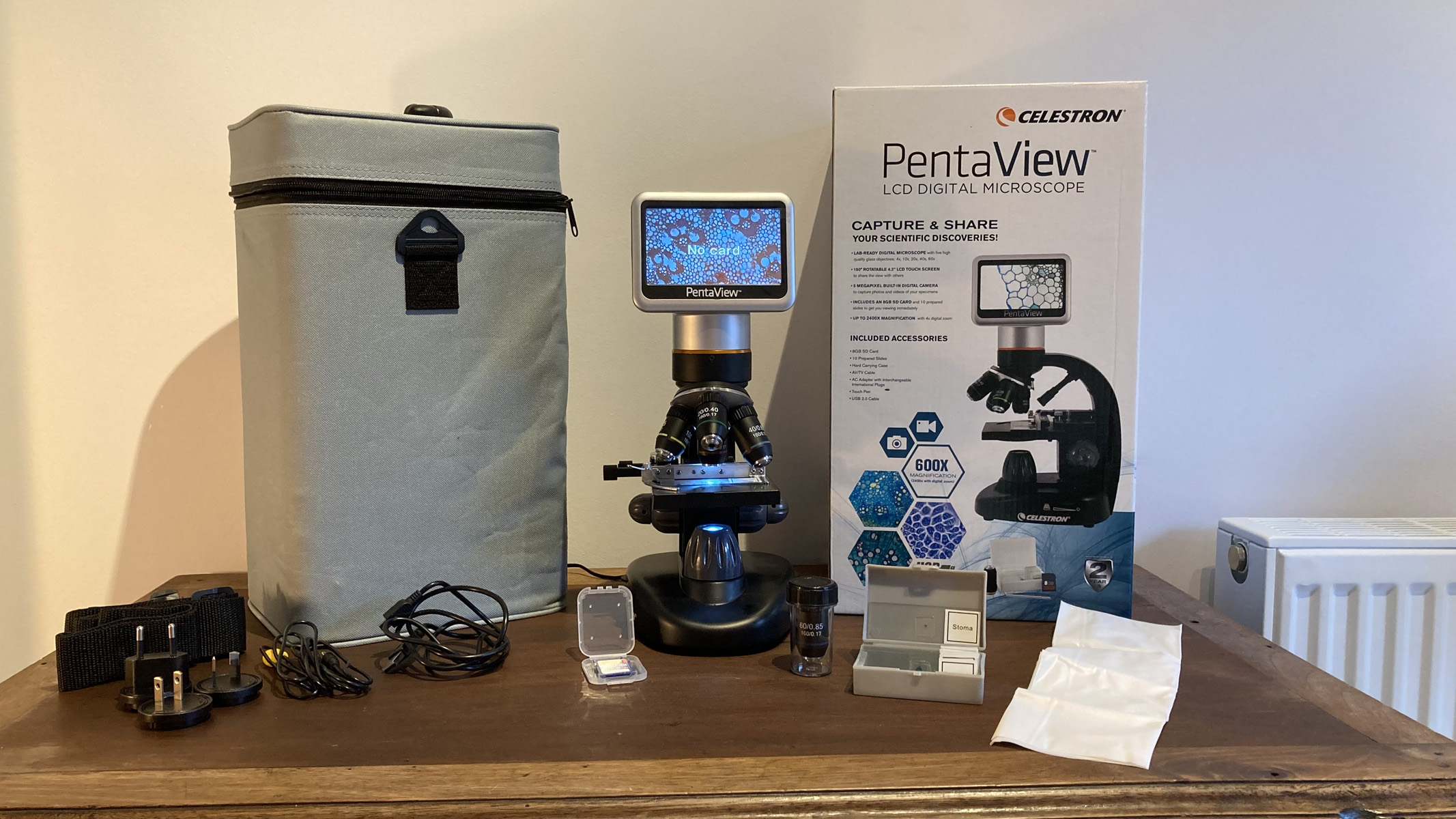Remote Sensing, Vol. 16, Pages 4188: Long-Term Ground Deformation Monitoring and Quantitative Interpretation in Shanghai Using Multi-Platform TS-InSAR, PCA, and K-Means Clustering
Remote Sensing doi: 10.3390/rs16224188
Authors: Yahui Chong Qiming Zeng
Ground subsidence in urban areas is mainly due to natural or anthropogenic activities, and it seriously threatens the healthy and sustainable development of the city and the security of individuals’ lives and assets. Shanghai is a megacity of China, and it has a long history of ground subsidence due to the overexploitation of groundwater and urban expansion. Time Series Synthetic Aperture Radar Interferometry (TS-InSAR) is a highly effective and widely used approach for monitoring urban ground deformation. However, it is difficult to obtain long-term (such as over 10 years) deformation results using single-platform SAR satellite in general. To acquire long-term surface deformation monitoring results, it is necessary to integrate data from multi-platform SAR satellites. Furthermore, the deformations are the result of multiple factors that are superimposed, and relevant studies that quantitatively separate the contributions from different driving factors to subsidence are rare. Moreover, the time series cumulative deformation results of massive measurement points also bring difficulties to the deformation interpretation. In this study, we have proposed a long-term surface deformation monitoring and quantitative interpretation method that integrates multi-platform TS-InSAR, PCA, and K-means clustering. SAR images from three SAR datasets, i.e., 19 L-band ALOS-1 PALSAR, 22 C-band ENVISAT ASAR, and 20 C-band Sentinel-1A, were used to retrieve annual deformation rates and time series deformations in Shanghai from 2007 to 2018. The monitoring results indicate that there is serious uneven settlement in Shanghai, with a spatial pattern of stability in the northwest and settlement in the southeast of the study area. Then, we selected Pudong International Airport as the area of interest and quantitatively analyzed the driving factors of land subsidence in this area by using PCA results, combining groundwater exploitation and groundwater level change, precipitation, temperature, and engineering geological and human activities. Finally, the study area was divided into four sub-regions with similar time series deformation patterns using the K-means clustering. This study helps to understand the spatiotemporal evolution of surface deformation and its driving factors in Shanghai, and provides a scientific basis for the formulation and implementation of precise prevention and control strategies for land subsidence disasters, and it can also provide reference for monitoring in other urban areas.

 1 month ago
11
1 month ago
11


